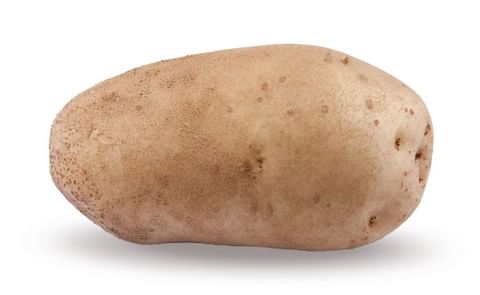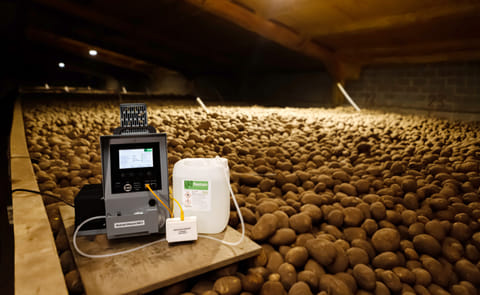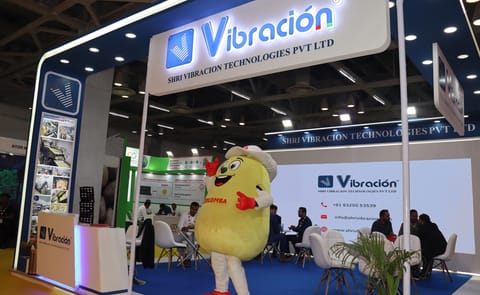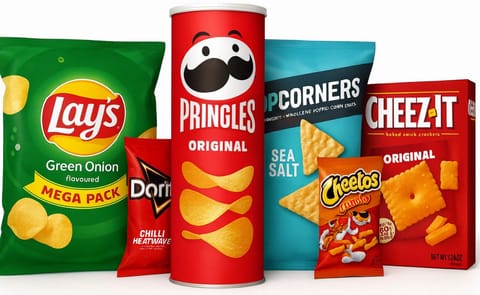Robert Graveland, HZPC research, Metslawier: ‘Marker-assisted classical breeding is going to change a lot in the range of varieties over the coming ten to fifteen years.’
HZPC research: 'Marker-assisted classical potato breeding is going to change a lot in the range of varieties over the coming ten to fifteen years.'
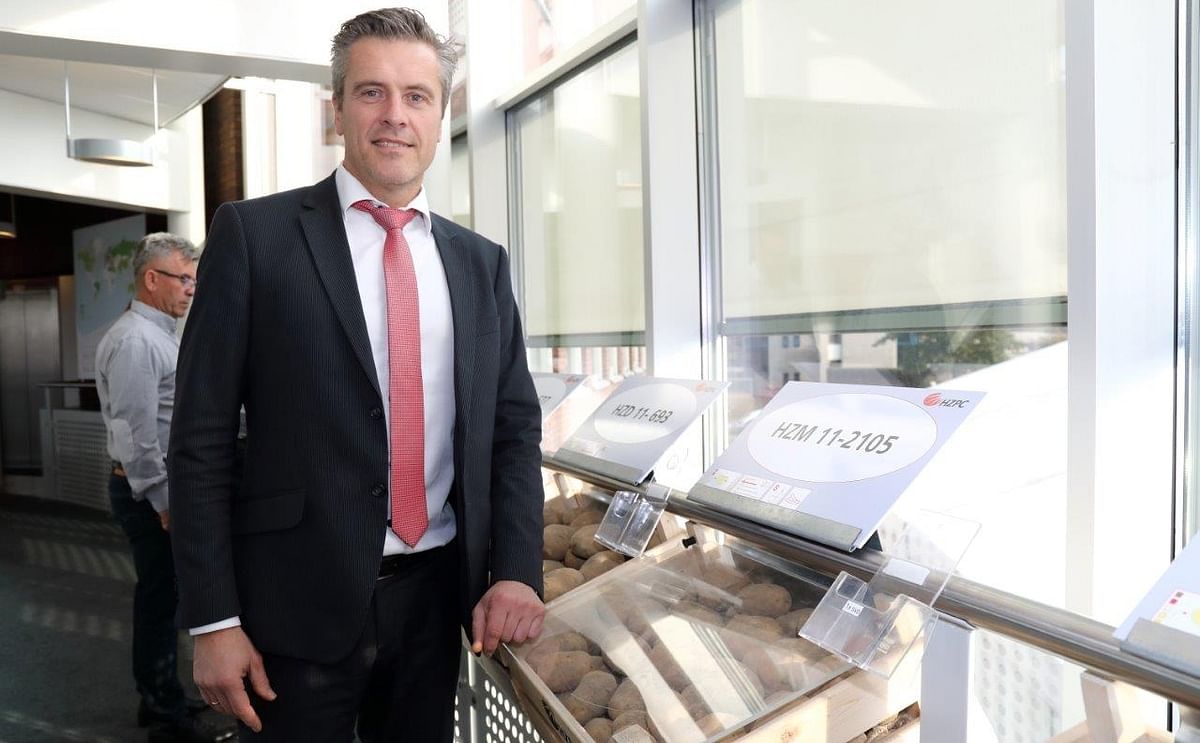
Every year in the first full week of November, the European potato breeding and seed trading companies operating in the Netherlands present their new varieties and latest breeding results to their global customer base.
Many of these new varieties are intended to be used some day for the production of French Fries. All participants at what we here at PotatoPro call the 'Potato Variety Presentations in the Netherlands' (of doodgewoon rassenpresentaties in het Nederlands) have one or more contenders in this segment.
This raises the question:
“Is there room for all those new French-fry varieties?”That is the question Aardappelwereld (World Potato Magazine) asked the participating companies last year. And thanks to our brand new partnership agreement with them, we can report you the answers they got in this series of articles!
HZPC research, Metslawier
Robert Graveland, HZPC Research, Metslawier:
“There is always room for new French-fry varieties!On the growers’ side, we see the rise of new varieties with broad nematode resistance, with which we help growers preventively to invest in the sustainability of their land.Broad pallida resistance helps both seed and consumption potato cultivation to become more sustainable, and to care for the grower’s capital: the soil. ”
“As HZPC, we aim to produce more and more French-fry and quality potatoes per hectare. That's what the processors are waiting for. That’s why we focus on that in our breeding programme. This will help the sector respond to the increasingly important sustainability factors, whereby we can produce more with less environmental pressure.”
“We must grow varieties that are strong and require as little input as possible. Our new Alverstone Russet variety is an example of this.It also shows the difference in this challenging year between varieties that are less able to endure extreme weather conditions. ”
“That’s why we’re fully committed to both above and below ground resistance for the potato plant. We're going fully out for Phytophthora and nematode resistances in our programme. Fifteen years ago we only looked at twenty characteristics per variety, now there are fifty to sixty,which increases the complexity.”
“In addition, the professionalism in potato breeding has increased enormously. Working with genetic markers is an example of this. We’re showing a potential variety this year that has been developed in our marker-assisted breeding programme.”
“You can see it in this special number that, as you can see, is safely hidden under thick Plexiglas.”
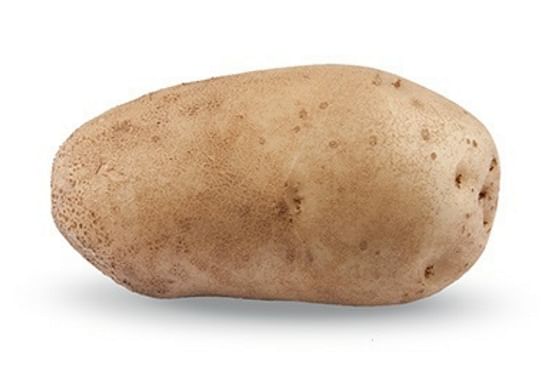
New HZPC potato variety intended for use for french fry production: Alverstone Russet
“It is a pity that gene editing methods fall under the strict European GMO policy.As we have a non-GMO-objective at HZPC, we can’t sell varieties that have been developed with these techniques in Europe. However, next to resistances, we could also use it to tackle abiotic stress tolerances.”
“It would have a real social impact if we could put all these techniques together. However, marker-assisted classical breeding is going to change a lot in the cropping areas in the coming ten to fifteen years. The classic free varieties will continue to decrease because, in addition to cost price, social contributions will also count more heavily in the product value.”
“We’ve been investing in these techniques for fifteen years.We'll be reaping the benefitsof these investments and we can incorporate their additional characteristics into a variety in addition to the already-known market values. This means that we’ll see a large wave of resistant varieties in the coming years, which will have an accelerating effect on resistance breeding, agronomy and quality systems.”
“Thanks to our knowledge development, we can also produce improved varieties with traditional breeding methods that provide more economic yield for the chain. Our goal is to improve sustainability for both growers and society. ”
“For the growers it means that they can take better care of the quality of their land and suffer less disease pressure. For society, you’re more CO2-neutral due to a higher production per hectare or less use of fertiliser in the production process.”
“As transactions in the chain are paid per kilo, yield remains a driver. Because processors don’t want to switch too much in the factory, the number of French-fry varieties will remain limited.”
“There’s room for more varieties in the fresh market.Every variety and every part of the season requires its own process settings in the factory. The question we, as growers, have to answer is how much better the alternative is. What is the cost price to stick to the existing range of varieties and what do new varieties bring in?.”
Potato Variety Presentation HZPC Research
HZPC research holds its presentations on November 7 and 8 at:Edisonweg 5
8501 XG JOURE
The Netherlands
Like to receive news like this by email? Join and Subscribe!
Get the latest potato industry news straight to your WhatsApp. Join the PotatoPro WhatsApp Community!
精选企业
Potato varieties mentioned
Sponsored Content
Sponsored Content
相关活动
Sponsored Content
Sponsored Content


